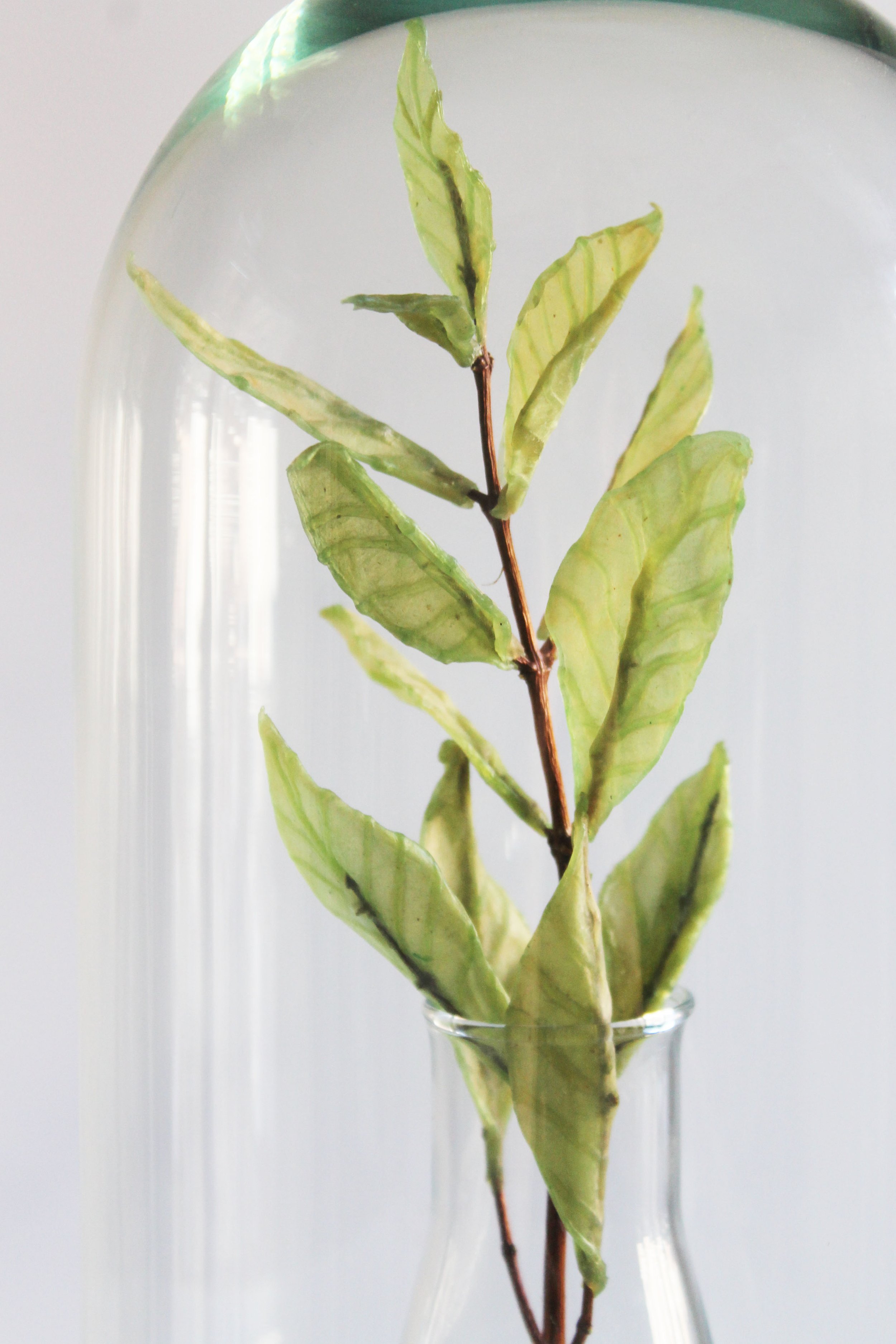Philia, Bio-plant 2022
Atelier LVDW designed an alternative for decorative plants. Real or fake, both are not very environmentally friendly. For example the plastic production for artificial plants and the high water and energy use in the production of real houseplants. Besides that, many illegally obtained plants are in circulation worldwide, which are poached from the wild. This has serious consequences for biodiversity. Poaching of wild animals and plants is in the top 3 of biggest threats to biodiversity worldwide. It comes after habitat destruction, but before climate change. More than 30,000 plant species are threatened with extinction, such as cacti, succulents, orchids, but also extremely rare conifers. Poached plants are easily sold online to plant collectors. To draw attention to this problem, Atelier LVDW developed a biomaterial made from botanical waste for the development of “rare” artificial plants. The studio found out that the stinging nettle could be a threat to our local biodiversity. Nettles grow well in nitrogen-rich soil. This soil contains a lot of nitrogen from exhaust gasses and wrong fertilizers, resulting in an increase of nettles in places where they are not desirable. Especially in nature reserves, the stinging nettle disrupts other plants, again having negative consequences for biodiversity. On the other hand, the nettle is a very healthy plant to eat or make tea, paper and textiles from. The studio choose to make a fermented liquid from the nettle in which good bacteria where added, this ensured the growth of a biomaterial called bacterial cellulose. A strong biodegradable material. With this design Atelier LVDW wants to create more awareness about plants in our indoor and outdoor environment and show the possibilities of the next generation bio-materials.
Growing artificial rare-plants was supported by Creative Industry fund NL and got selected as a finalist in the international design contest MakeMe 2023.
Learn more about plant poaching:









